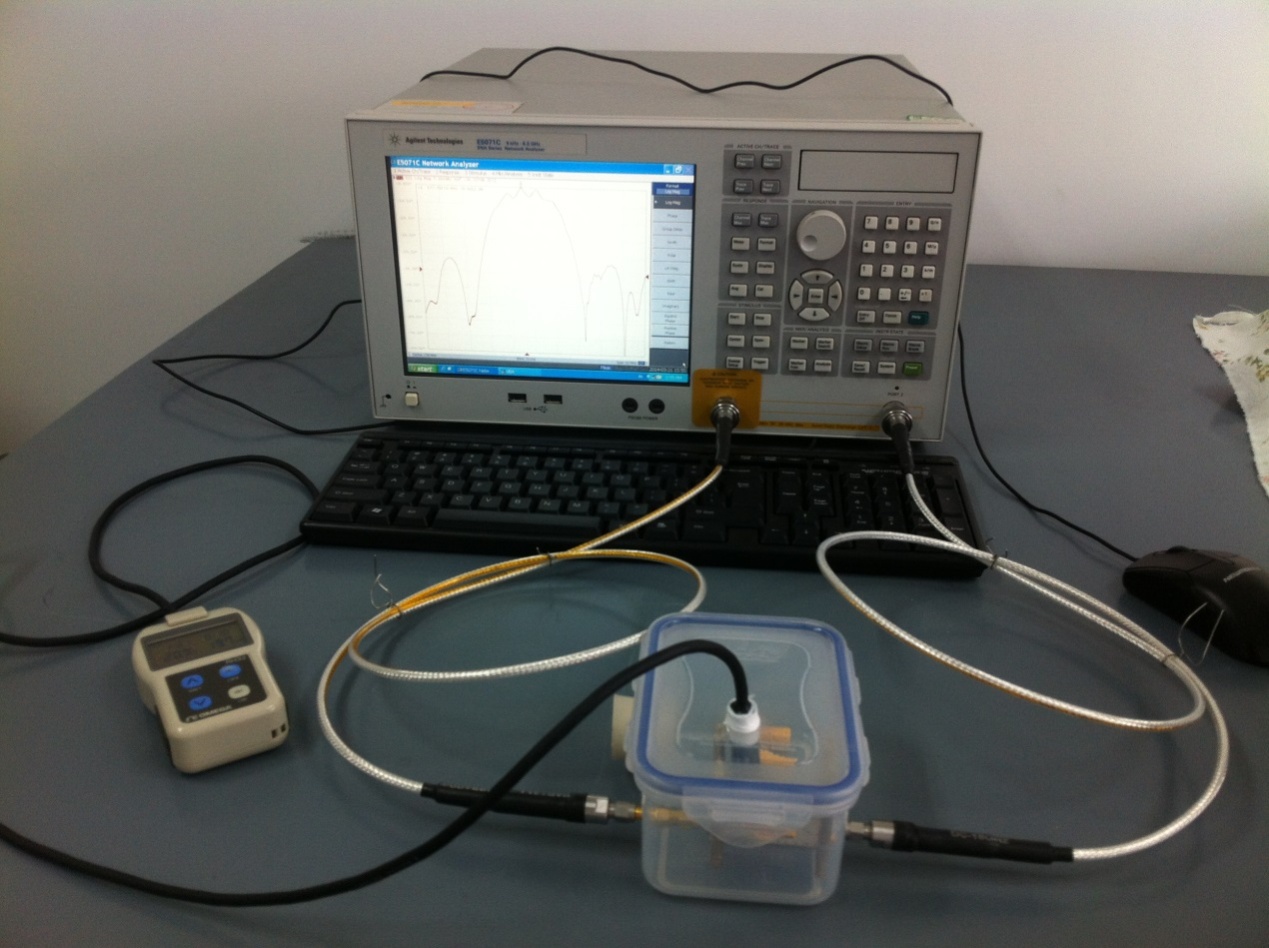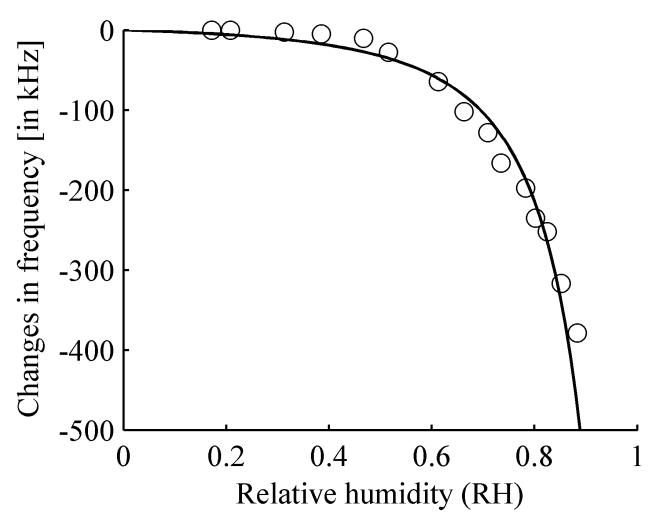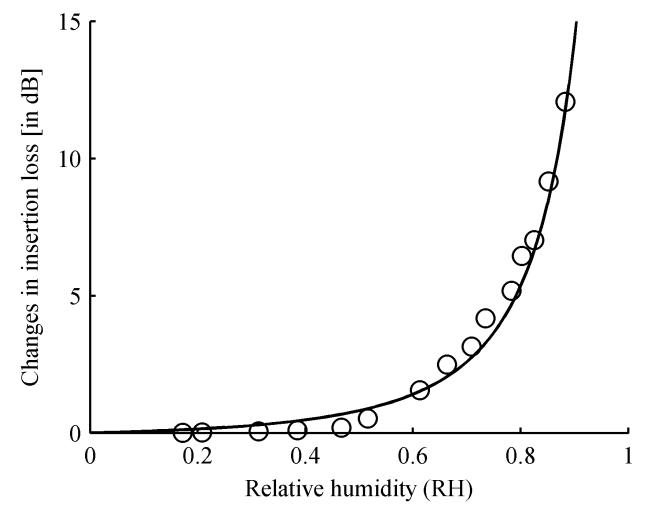Keywords: Surface acoustic wave, Love wave, Humidity, Viscoelastic, Adsorption
In the past few decades, surface acoustic wave (SAW) sensors have been attracting the interest of many researchers. For a humidity sensor based on SAW technology, the most common sensitive films are polymers with strong hygroscopicity, which is helpful to obtain a larger output response.
However, the insertion loss of the detector will also increase due to the polymer’s viscoelasticity. Love wave is a kind of shear horizontal (SH) SAW which propagates in a layered structure. A suitable guiding layer is the key to implement a Love wave sensor with high mass sensitivity, good temperature stability, and acceptable insertion loss. Polymers are often adopted as guiding layers for Love wave sensors to get a higher sensitivity. For gas sensors, another key element is the adsorption mechanism of gas on detector surface, describing the relationship between the adsorption amount and the gas concentration.
Researchers from the Institute of Acoustics of the Chinese Academy of Sciences investigate the dynamics and response of a humidity sensor based on a polymer-coated Love wave device. A theoretical model is reviewed for Love wave device consisting of a polymeric layer and a piezoelectric substrate. And the mass velocity sensitivity and the mass loss sensitivity are introduced for polymer-coated devices. Numerical illustrations are presented for a Love wave device with a polymeric layer on an ST-90˚X quartz substrate.
In the following, the Brunauer–Emmett–Teller (BET) adsorption equation is introduced to describe the physical adsorption of gas on solid surfaces. Anderson equation, an improved form of BET equation, is presented to expand the suitable scale of the adsorption equation.
Besides, a method is introduced for calculating the surface area of the polymer layer, which is proved a porous material. The response of SAW devices caused by gas adsorption is analyzed then. In the experiment section, a humidity sensor is implemented based on a Love wave device consisting of a polyvialachol (PVA) layer on an ST-90˚X quartz substrate. The response curves are measured for changes in operation frequency and insertion loss as functions respect to relative humidity (RH). Theoretical curves are also predicated by the developed method and they agree well with the experiment results.

Fig. 1 Experiment system of the humidity sensor based on a PVA-coated Love wave device (Image by LIU).

Fig. 2 Measured (circles) and calculated (solid line) frequency shifts vs relative humidity for the PVA-coated Love wave device (Image by LIU).

Fig. 3 Measured (circles) and calculated (solid line) insertion loss increments vsrelative humidity for the PVA-coated Love wave device (Image by LIU).
References:
LIU Jiansheng, WANG Lijun. Dynamics and Response of a Humidity Sensor Based on a Love Wave Device Incorporating a Polymeric Layer. Sensors and Actuators B: Chemical (vol. 204, pp. 50-56, December 2014). DOI: 10.1016/j.snb.2014.07.095
Contact:
LIU Jiansheng
Institute of Acoustics, Chinese Academy of Sciences, Beijing 100190, China
Email: liujs98@hotmail.com or liujiansheng@mail.ioa.ac.cn


